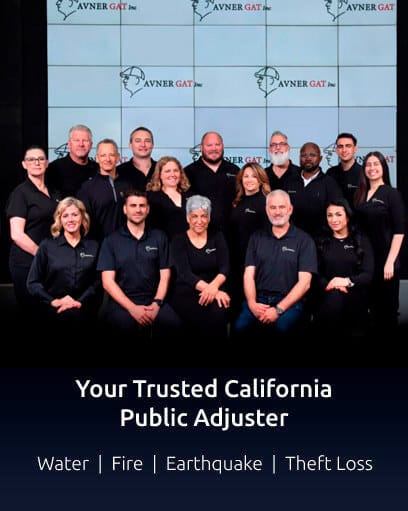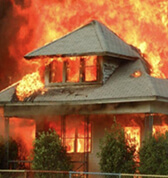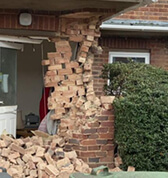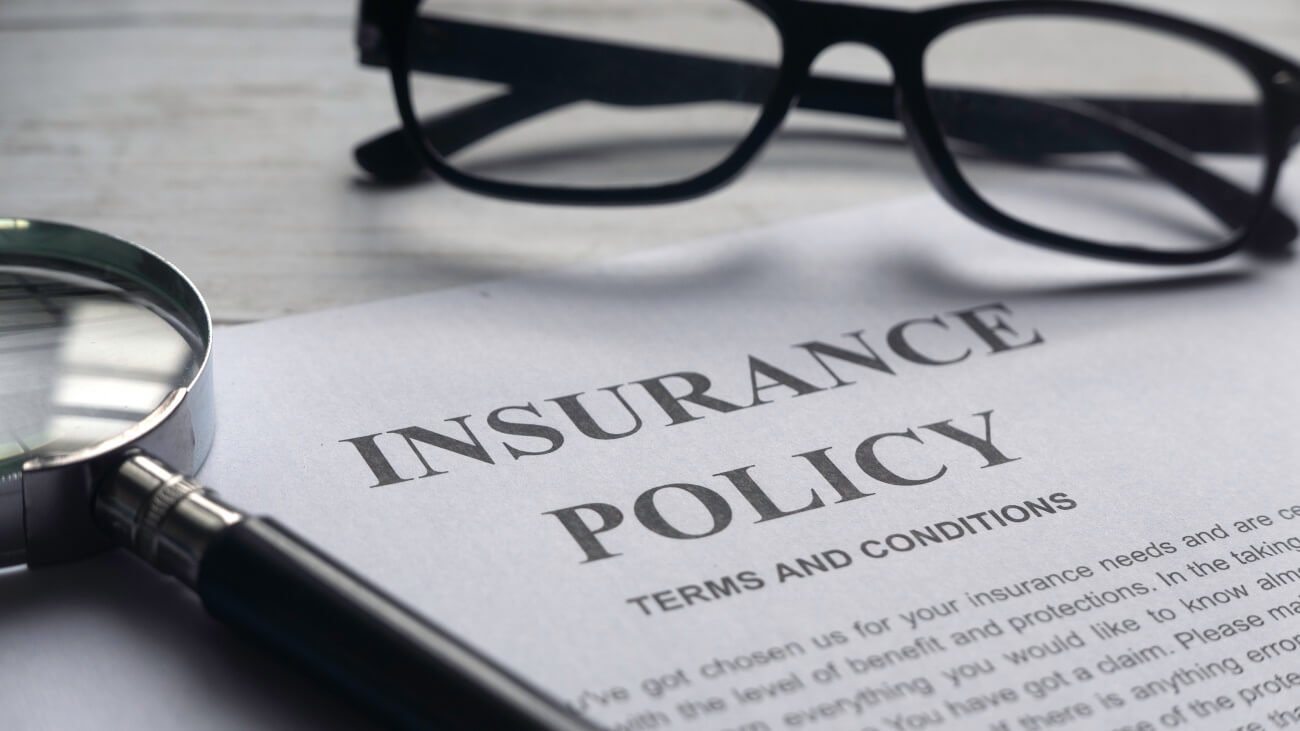Homeowners Insurance: How to Avoid Being Underinsured
Homeowners insurance is designed with the intention of giving you peace of mind that in the event of a covered loss, you won’t find yourself in a financial predicament. However, if you’re underinsured, you might incur tens of thousands of dollars in unexpected costs to rebuild your house.
According to statistics:
- About two out of every three homes in the United States are underinsured.
- The average underinsured amount is about 22%.
- Some homes are underinsured by 60% or more.
Millions of homeowners are at risk of suffering a substantial financial loss should a disaster strike.
Learn to avoid being underinsured so you don’t get any nasty surprises when you receive your settlement offer after claiming damages for a covered event.
What Does Underinsured Mean?
Being underinsured means your homeowners insurance policy only covers a portion of your covered losses in a claim.
For example, you insure your home for $375,000. It suffers catastrophic fire damage, and you find out that rebuilding it will cost $490,000. To rebuild it the way it was, you have to pay over $100,000 out of your pocket.
Reasons for Underinsured Homes
Typical reasons for being underinsured include:
- Undervaluing your property
- Being insured for actual cash value instead of replacement cost
- Failing to report upgrades to your insurer
- Choosing not to increase sub-limits
- Not taking construction cost increases into account
- Not reporting upgrades to your home to the insurer
- Insuring your home for its real estate value instead of the cost of rebuilding it
- Not knowing or understanding your coverage
How to Avoid Underinsuring Your Home
Don’t Skimp on Homeowners Insurance
According to the National Association of Insurance Commissioners (NAIC), as reported by ValuePenguin, homeowners insurance premiums have increased by about 47% in the last decade.
Many homeowners believe they will never suffer a catastrophic loss and feel it’s justified to skimp on insurance to save money. It can be a costly mistake!
Consider Construction Cost Increases
The cost of constructing a new house keeps on increasing. And costs don’t always follow the rate of inflation.
For example, as reported by Small Business Trends, the price of lumber saw a 316% increase from 2020 to 2021, adding about $36,000 to the cost of building a new home. And although the price has since dropped, lumber is still 60% more expensive at the end of 2021 than early 2020.
Construction costs differ from state to state and area to area. For example, in California, building costs and cost increases are typically higher in the Bay Area and Los Angeles than the average cost across the state.
Insure Your Home Based on Replacement Cost
Your homeowners insurance policy will cover you for either “replacement cost” or “actual cash value.”
Actual Cash Value – Your property is insured for its depreciated value.
If you suffer a total loss, your insurance company looks at the value of your home, subtracts an amount for depreciation, and pays you the balance up to your policy limit. If the depreciated value of your home is $200,000, but it will cost $300,000 to rebuild, you have to pay the shortfall out of your pocket.
Replacement Cost – Your property is insured for the amount it will cost to replace it, without subtracting anything for depreciation.
Insuring your house for its replacement cost is more expensive than insuring it for actual cash value. But it can help you from being underinsured.
Here are a few calculators you can try to get an idea of your home’s replacement cost:
Consider Building Code Upgrade Coverage
If your home is 5 or 10 years old, it’s more than likely no longer compliant with current building codes. If you have to rebuild it, it must comply with current building codes. And this often means an increase in the costs of rebuilding your home.
These extra costs are typically not covered in a standard homeowners insurance policy. You’ll need to request a building code upgrade endorsement for your existing policy. It will provide coverage for the increased costs of making your new home compliant with current building codes so you’re not underinsured.
Check Your Sub-Limits
Coverage for rare or high-value items such as jewelry, collectible coins, and art is typically capped at a relatively low amount.
For example, jewelry is often capped at $2,000. If you lose your $5,000 ring in a fire, you might only receive $2,000 for it. Consider adding scheduled personal property coverage to your insurance policy to increase your coverage limits on specific high-value items.
Update Your Policy if You Do Home Renovations
Doing home renovations can increase the value of your house, but it can leave you underinsured if you don’t update your homeowners insurance policy to reflect it.
For example, a survey of 1,000 homeowners commissioned by Insurance.com revealed that not all homeowners notify their insurance company when doing home renovations.
- Of the 25% of homeowners who said they added a deck or room to their house, 13% did not inform their insurance company.
- Of the 45% of homeowners who did a renovation, 33% did not notify their insurer.
Understand Your Insurance Coverage
One of the biggest mistakes homeowners make is that they don’t know what coverage they have or make incorrect assumptions.
For example, standard homeowners insurance policies typically cover water damage if the cause is sudden and accidental.
Some homeowners think water damage includes flood damage, but it doesn’t. If you want to have flood damage insurance, there are flood-specific insurance policies available on the market.
Other homeowners know they don’t have coverage for flood damage, but assume they don’t need it. However, according to the Insurance Information Institute, 25% of all flood losses occur in low-risk areas.
Always make sure you know what coverage you have, or you may find out too late that you’re underinsured.
That’s a Wrap
Suffering a catastrophic loss, such as the total loss of your home, is devastating. And finding out that you’re underinsured and won’t be able to rebuild it or be fully reimbursed for the valuables you lost can be heartbreaking.
The tips and advice in this article can help you avoid being underinsured if you take action now and don’t wait until it’s too late.
Homeowners insurance can be complicated. Making sure you have the right coverage is the first step. However, that doesn’t necessarily mean that if you have to file a claim for a covered event that you’ll receive a fair settlement offer.
If you have a large or complex claim, hiring a public adjuster to act in your best interests is a smart move. A public adjuster can help you overcome the challenges of managing it by yourself and can assist you in getting the best possible settlement offer you’re entitled to.
Avner Gat, Inc. has 17+ years of experience as a public adjuster in Los Angeles, covering Southern California. We protect homeowners from the games and fine print that insurance companies are known for.
Call us at (818) 917-5256 to find out how we can assist you.







































